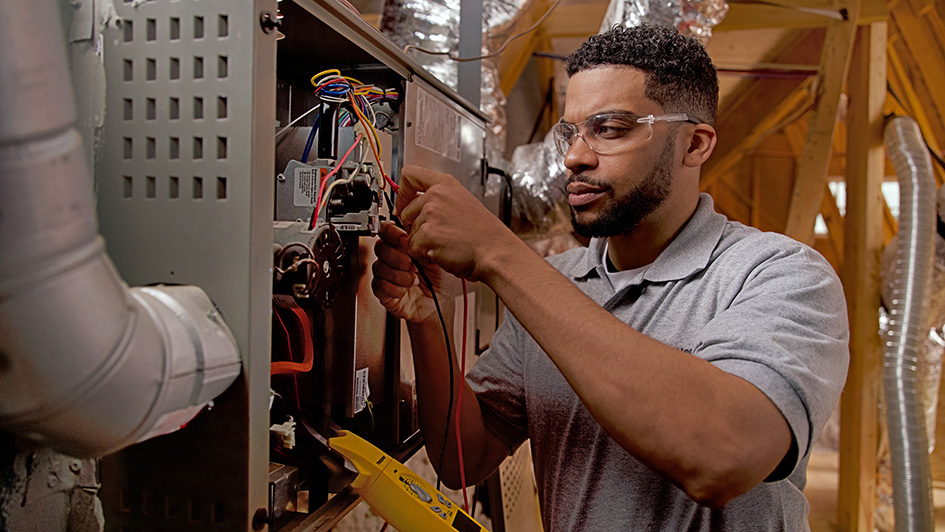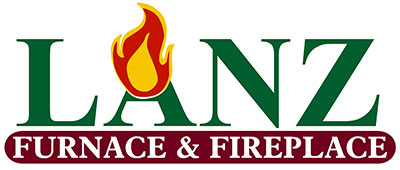
A furnace is almost always a background player for your home, helping keep you warm during the cold winter months. It often won't be noticed until something breaks down.
One cause might be that your furnace has a cracked heat exchanger. It’s a potentially dangerous issue, so it’s critical to familiarize yourself with the signs of a cracked heat exchanger and what you can do if you suspect that may be the problem.
What Is a Heat Exchanger in a Furnace?
A heat exchanger helps move heat from the combustion chamber of your furnace to the air that flows throughout the air ducts. It typically does this using coils or tubes that heat up the air while functioning as a barrier to keep the gasses created in the combustion chamber, called flue gasses, from escaping out into your home.
Is a Cracked Heat Exchanger Dangerous?
Given its key role, it shouldn't come as a surprise that a cracked heat exchanger can be hazardous. A crack in the heat exchanger can allow dangerous gasses – like carbon monoxide, which can be lethal – to circulate through your home.
For obvious reasons, do NOT turn on your heater if you think there's a crack in the heat exchanger, as letting it run could make your entire household sick. Call an HVAC professional right away if you are worried your furnace has a cracked heat exchanger that needs to be repaired.
Four Signs of a Cracked Heat Exchanger:
- Furnace turns off: A cracked heat exchanger can cause your furnace to shut off.
- Odd Smells: If the air escaping your furnace has a powerful chemical odor, it might be a sign gas is slipping through cracks in your heat exchanger. These gasses, which can smell like formaldehyde, are a significant warning sign.
- Carbon monoxide alarm is triggered or you notice poisoning symptoms: If a cracked heat exchanger is emitting carbon monoxide into your home, your carbon monoxide alarm could go off or family members might struggle with signs of carbon monoxide poisoning. Complications include headaches, dizziness, weakness, nausea, vomiting or feeling sleepy. If an alarm goes off or you feel unwell, leave the home as soon as you can and then call for help.
- Soot: If you see black sooty buildup around the exterior of your furnace, it’s more evidence something could be seriously wrong.
What You Can Do if the Furnace Heat Exchanger is Cracked
If you suspect your furnace has a cracked heat exchanger, hire a pro well versed in furnace installation Monroe as soon as possible so they can inspect your system and, if necessary, handle a furnace heat exchanger replacement. Costs should differ depending on the situation, but estimates can roughly suggest $1,000 to $3,000.
Estimates aside, the good news is that heat exchangers are regularly included in the warranty. It's a good idea to check the warranty paperwork on your furnace, because while the warranty won't always cover the entire cost of repairs, it can significantly lower your bill.
How to Avoid a Cracked Heat Exchanger in Your Home
One of the best ways to minimize the risk of problems in your furnace overall is through regular furnace maintenance. Furnaces work the best when they work efficiently. Contacting a skilled professional to check your furnace for old parts, dirty filters and other likely problems can keep you from getting a big bill later on.
It’s also helpful to take a look at your furnace filters every few months – it’s encouraged some filters be changed every 90 days or sooner if they are dirty or grimy. While the filters are not part of the heat exchanger itself, the strain of dragging air through a clogged filter makes your entire furnace work longer to do its job. And the harder your furnace works, the more wear and tear pieces like the heat exchanger will endure.


